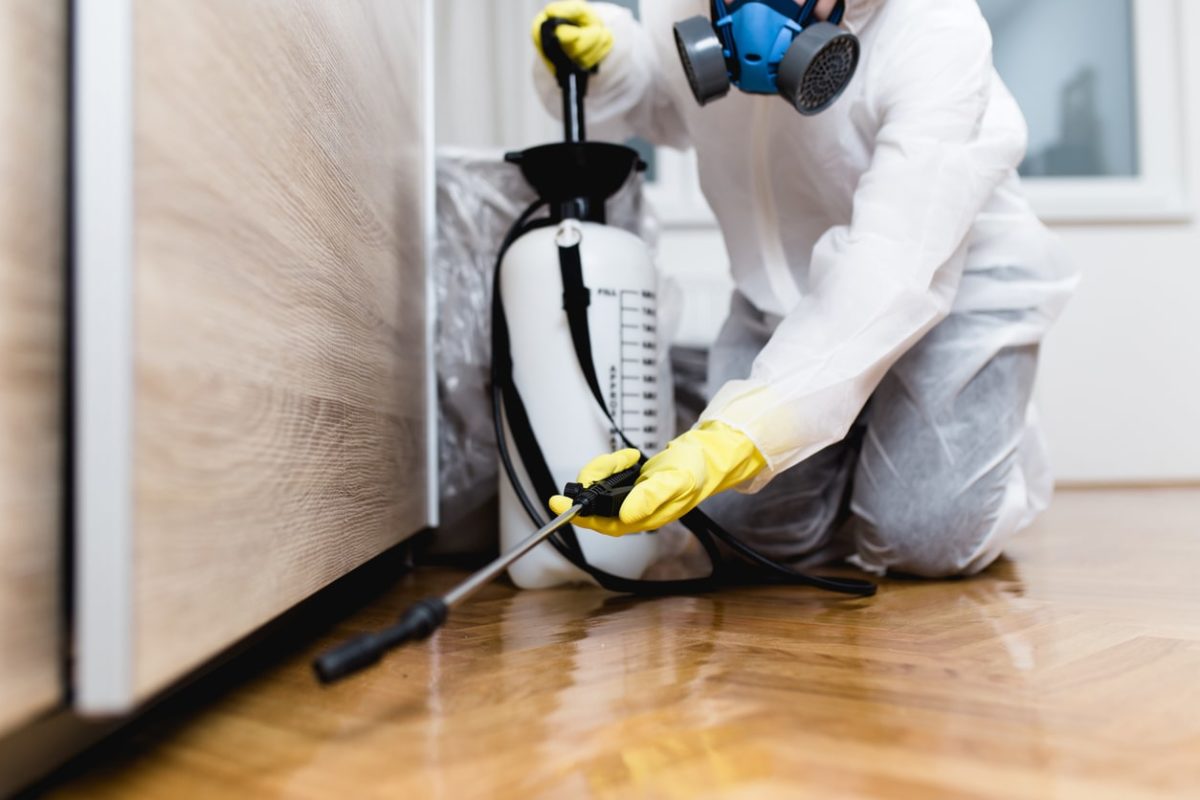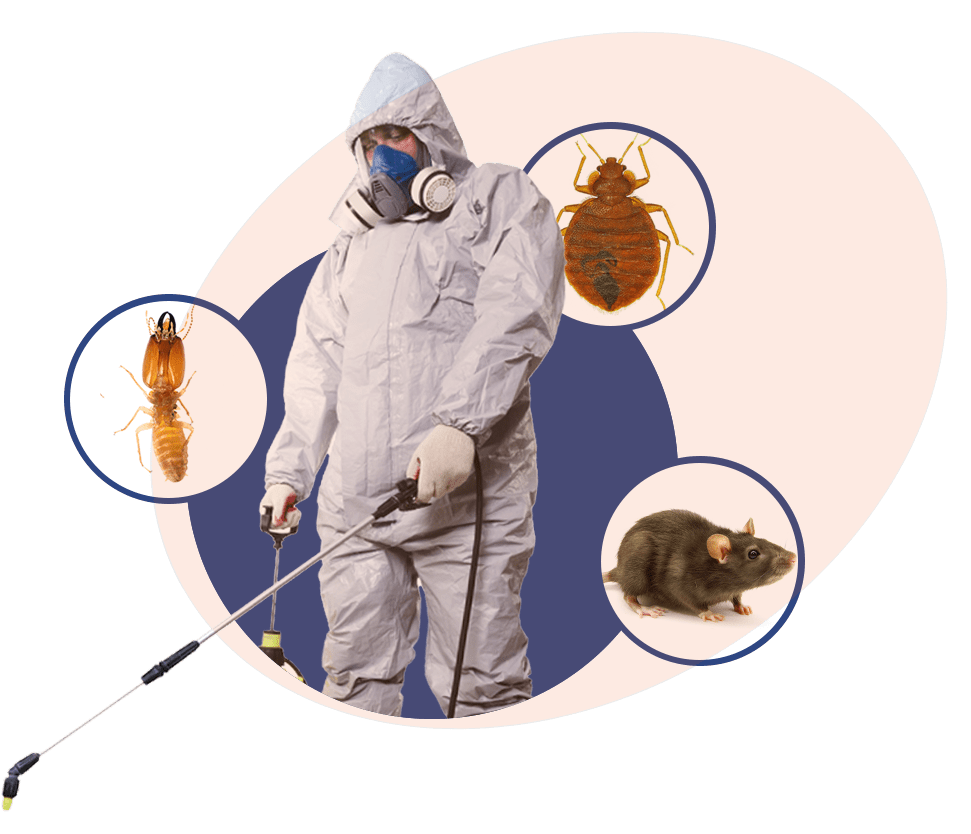High-quality Pest Control to ensure your property is clean and pest-free.
Eco-Friendly Bug Control Approaches for Handling Wildlife in Urban Areas
Urban areas frequently find themselves at the intersection of human activity and wild animals, leading to unique challenges in insect management. These strategies not just secure the environment but additionally enhance community involvement in wild animals monitoring. As metropolitan populaces continue to expand, comprehending the dynamics of wild animals communications ends up being increasingly critical.
Comprehending Urban Wild Animals Characteristics
Understanding Urban Wildlife Dynamics is crucial for developing efficient and environment-friendly parasite control methods. Urban locations are progressively coming to be environments for numerous wildlife types, driven by factors such as habitat fragmentation, food accessibility, and human encroachment. Identifying these characteristics permits for a nuanced technique to pest monitoring that straightens with environmental concepts.
Urban wild animals frequently includes varieties such as raccoons, squirrels, and birds, which adjust to city atmospheres, locating specific niches in green spaces, parks, and even household areas. Their visibility can bring about conflicts with people, specifically when they exploit personnels for food and sanctuary. Understanding the habits and environmental functions of these varieties informs methods that lessen negative communications while promoting biodiversity.
Furthermore, recognizing the interdependencies within urban communities assists in determining crucial locations for environment conservation and remediation. This understanding adds to the development of integrated bug administration (IPM) strategies that take into consideration the environmental balance, consequently minimizing reliance on hazardous chemicals. By cultivating conjunction in between humans and metropolitan wild animals, cities can develop much healthier atmospheres that benefit both locals and local ecological communities, leading the means for lasting city living.
All-natural Repellents and Deterrents
Natural repellents and deterrents offer a lasting option to traditional bug control techniques by harnessing the power of nature to maintain unwanted varieties away. These environmentally friendly remedies generally utilize plant-based active ingredients, necessary oils, and other normally occurring materials that discourage insects without harming the environment.
One effective all-natural repellent is peppermint oil, which is known to fend off rodents and bugs. Its strong scent is unpleasant to several pests, making it a popular choice for city settings. Likewise, vinegar and citrus peels can function as deterrents, as their strong smells are usually unattractive to numerous wildlife.
Furthermore, diatomaceous earth is an all-natural powder that can be spread out in locations susceptible to parasite task, successfully dehydrating and deterring pests without posing threats to non-target varieties. In addition, garlic sprays and neem oil are identified for their capacity to drive away a variety of insects, consisting of both pests and larger wild animals.
Applying these all-natural repellents not only lowers reliance on chemical pesticides but additionally promotes a much healthier urban community, promoting a more well balanced coexistence in between people and wild animals. By utilizing these methods, metropolitan areas can efficiently manage insect populations while lessening ecological impact.
Environment Modification Techniques
Efficient habitat alteration techniques play a vital role in sustainable parasite management by changing the atmosphere to make it much less conducive to pest infestations. By understanding the environmental dynamics of urban locations, home proprietors can implement strategic modifications that discourage pests while advertising biodiversity.
(Cockroach exterminator Port Charlotte)One key strategy entails preserving correct sanitation. This consists of normal waste elimination, protecting trash can, and removing standing water to minimize reproducing sites for bugs and rats. In addition, landscape design techniques such as picking native plants can improve ecological balance, giving environments for beneficial microorganisms while lessening resources for parasites.
One more crucial approach is to seal access points in buildings. Checking and fixing cracks in foundations, wall surfaces, and home windows can considerably reduce pest access. Producing physical obstacles, such as fencings or plant buffers, can inhibit wild animals movement into human-inhabited areas.
Integrated Pest Administration Practices
Structure upon habitat adjustment techniques, incorporated pest monitoring (IPM) methods use an alternative technique to managing insect populaces while lessening ecological impact. IPM incorporates different strategies, including biological, social, mechanical, and chemical controls, to accomplish effective pest management.
Organic control involves the introduction of all-natural killers or parasites to decrease bug populaces. Social practices, such as plant turning and cleanliness, disrupt pest life process and reduce try this website their environments - Pest control service. Mechanical controls, like traps and obstacles, supply immediate remedy for parasite stress without chemical intervention
Chemical controls are used as a last option, focusing on targeted applications that restrict injury to non-target types and the atmosphere. The selection of eco-friendly chemicals, when essential, is important to the IPM structure. In addition, monitoring parasite populations and analyzing prospective damage aids notify decision-making, ensuring that treatments are prompt and efficient.
Area Involvement and Education

(Ant Control)Workshops and educational sessions can equip locals with understanding regarding native types, habitat conservation, and efficient safe parasite administration methods. Cooperation with schools, local organizations, and federal government companies better enhances instructional outreach, making certain that crucial details gets to varied audiences.
Moreover, community-led initiatives, such as neighborhood clean-up days and habitat repair tasks, not just advertise biodiversity but additionally reinforce community ties. Pest Control. By encouraging homeowners to share their experiences and monitorings, neighborhoods can establish targeted approaches that deal with specific neighborhood parasite issues
Integrating comments from locals right into insect monitoring prepares enables a much more responsive and adaptive strategy to wildlife difficulties. Eventually, notified and involved neighborhoods are crucial to accomplishing lasting success in eco-friendly insect control, causing healthier metropolitan environments that value both human and ecological requirements.

Final Thought
In verdict, environment-friendly bug control approaches offer lasting services for taking care of urban wildlife. By prioritizing habitat modification, using all-natural repellents, and executing integrated pest administration techniques, areas can cultivate a harmonious coexistence with local animals.